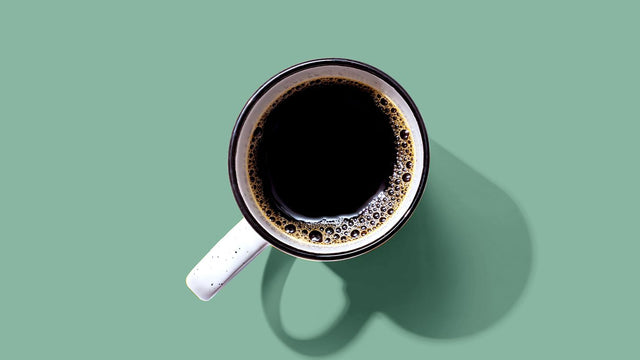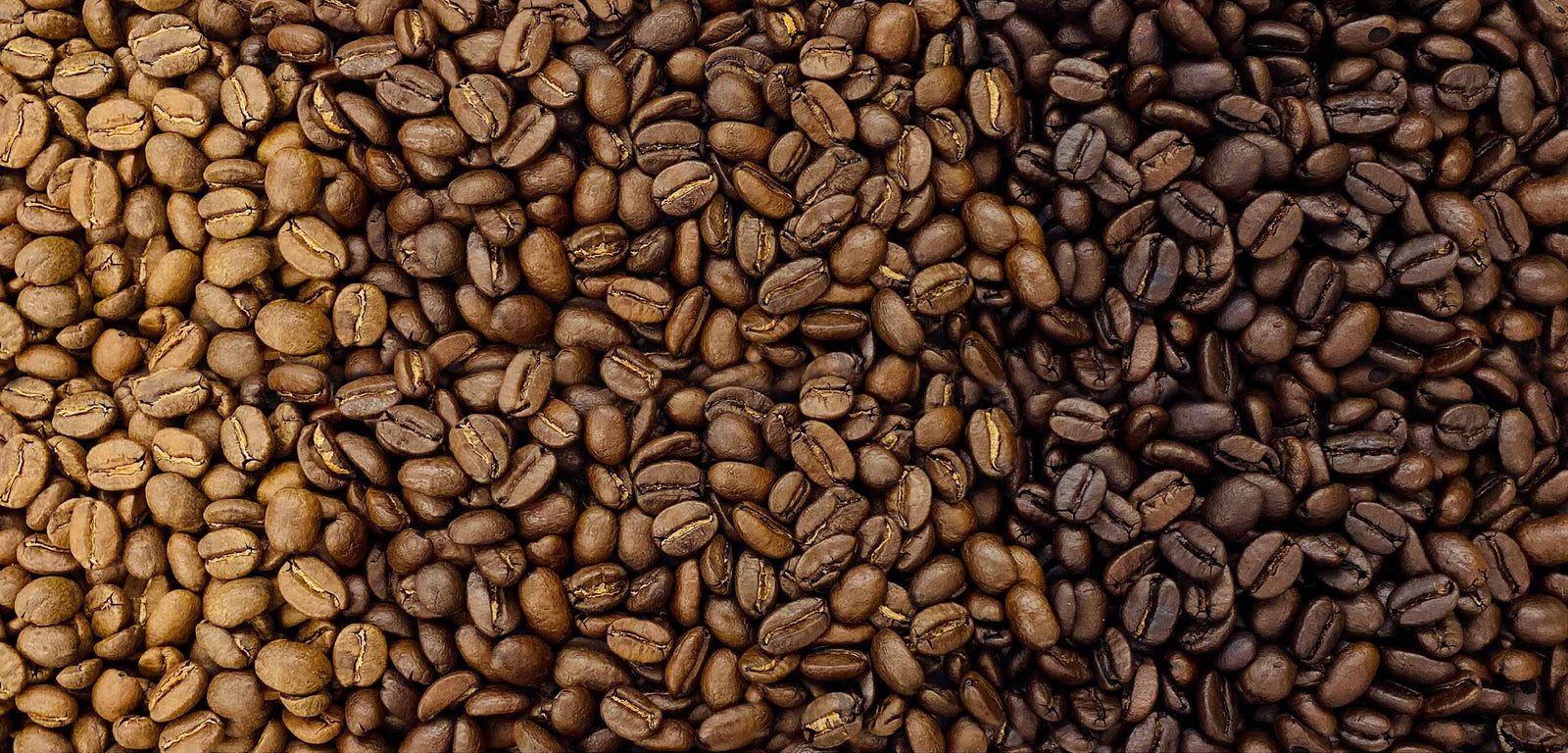What’s the Difference Between Light, Medium, and Dark Roast Coffee?
If you’ve ever stood in front of a shelf full of coffee bags wondering what “light,” “medium,” or “dark roast” actually means, you’re not alone. Roast level plays a huge role in how your coffee tastes, smells, and even how much caffeine it contains. Here’s a simple breakdown of each type of roast.
Light Roast: Bright, Fruity, and High in Acidity
Light roasts are roasted for the shortest amount of time. That means they retain more of the original flavor notes of the bean, especially if it’s a high-quality single origin.
Flavor Profile:
• Fruity, floral, citrusy
• High acidity
• Light body
Medium Roast: Balanced, Smooth, and Versatile
Medium roasts are the crowd-pleaser. They hit the sweet spot between the bright, acidic notes of a light roast and the bold, bitter notes of a dark roast.
Flavor Profile:
• Chocolatey, nutty, caramel
• Medium acidity
• Medium body
Dark Roast: Bold, Bitter, and Full-Bodied
Dark roasts are roasted the longest, often until the beans crack a second time. This brings out smoky, toasted, even slightly bitter flavors — and removes much of the bean’s origin flavor.
Flavor Profile:
• Smoky, bitter, toasted
• Low acidity
• Heavy body
Conclusion
So Which Should You Choose?
It depends on your taste.
• Want bright and fruity? Go light roast.
• Prefer balance and richness? Go medium roast.
• Crave bold and smoky? Go dark roast.
More stories

